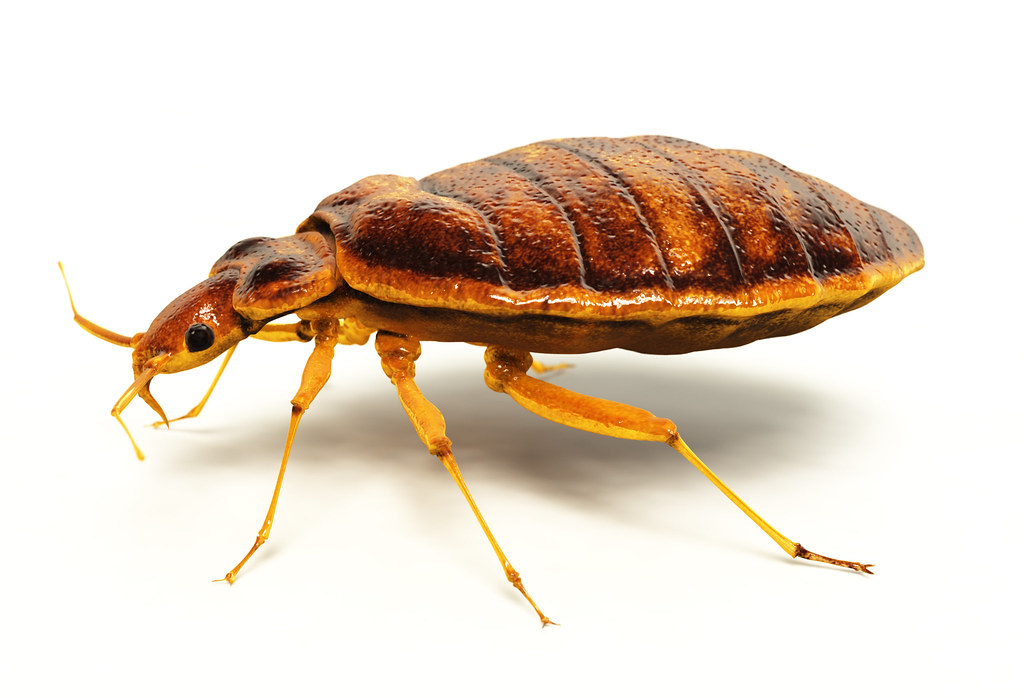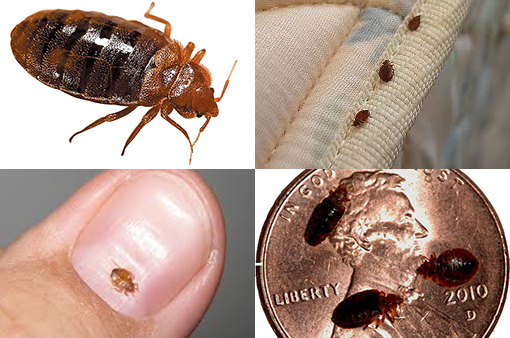Specialist Bed Bug Exterminator Near Me: DC Exterminator Solutions
Specialist Bed Bug Exterminator Near Me: DC Exterminator Solutions
Blog Article
Exploring the Scientific Research Behind Bed Insect Warmth Treatments as a Sustainable Parasite Administration Strategy
In the world of parasite management, the pursuit for sustainable and reliable solutions stays a consistent quest. One such approach that has gotten grip in the last few years is making use of warmth treatments to deal with bed bug invasions. By taking advantage of the science behind thermal fatality points for these consistent parasites, heat therapies supply a promising alternative to standard chemical-based strategies. The complexities of exactly how warmth effectively gets rid of bed bugs and the wider effects for sustainable insect administration techniques make this a subject worth exploring better.
Bed Bug Heat Treatment Refine

Thermal Fatality Point for Bed Pests
Exposing bed pests to elevated temperature levels beyond their thermal tolerance array is critical for attaining efficient eradication in warmth treatment procedures. The thermal fatality point for bed pests refers to the temperature at which these parasites can not make it through. Study indicates that bed bugs begin to perish when subjected to temperature levels above 113 ° F(45 ° C) for a sustained duration. As the temperature raises, so does the mortality price of bed pests. At around 118 ° F(48 ° C ), bed bugs start to pass away rapidly, with a mortality rate of almost 99% within mins of exposure. This demonstrates the sensitivity of bed insects to heats and highlights the efficiency of heat treatments in removing problems. By getting to and maintaining temperatures over the thermal fatality point for bed pests, pest management experts can ensure extensive elimination of bed pest populaces, consisting of hard-to-reach areas where chemical treatments may be less efficient. Understanding the thermal death factor for bed insects is necessary for implementing effective heat treatment strategies and accomplishing sustainable insect monitoring end results.
Benefits of Warm Treatments
Having developed the critical thermal death factor for bed insects, it is important to now discover the considerable benefits that warm treatments provide in efficiently eradicating these resilient pests. One of the main benefits is that warm can permeate deep right into fractures and crevices where bed insects conceal, making certain that also the most hard-to-reach areas are heated up to deadly temperatures.
Moreover, warm treatments are safe and eco friendly, look at here now making them a lasting insect administration technique. Unlike chemical pesticides, warm treatments do not leave unsafe residues that can present threats to human wellness or the atmosphere. This aspect is specifically vital in sensitive atmospheres such as hospitals, schools, and domestic locations where chemical usage might not be preferable.
Furthermore, warmth therapies have a high success rate in eliminating bed bug invasions in a single therapy, minimizing the need for multiple gos to and reducing disruption to occupants. This efficiency not just conserves time and money but likewise gives satisfaction to those handling bed insect problems.
Performance of Warmth Treatment

Research researches have consistently shown the efficiency of warmth treatments in achieving a high price of bed bug death. Effectively conducted warm therapies can reach all the cracks and holes where bed bugs may be harboring, ensuring a thorough method to elimination. Warmth treatments have actually the included benefit of eliminating bed pest eggs, which are often resistant to typical chemical therapies. In general, the effectiveness of heat treatments in eliminating bed insect invasions makes them a sustainable and trustworthy pest monitoring approach.
Lasting Bug Management Benefits
Implementing lasting parasite management practices offers long-lasting benefits for both the atmosphere and public health and wellness. By using methods such as warm treatments for pest control, we can minimize the dependence on unsafe chemical pesticides that can have negative impacts on communities and human wellness - bed bug heat treatment. Sustainable bug administration methods assist in preserving biodiversity by targeting look at this now particular parasites without hurting non-target microorganisms, thereby maintaining a well balanced ecosystem
Furthermore, lasting pest administration practices contribute this content to the general wellness and health of the public. By decreasing direct exposure to toxic chemicals made use of in typical pest control methods, heat treatments provide a more secure alternative for parasite monitoring in residential, industrial, and public rooms. This decrease in chemical usage additionally aids in stopping pesticide residues from infecting air, soil, and water, safeguarding ecological top quality.
Conclusion
In conclusion, bed insect heat therapies have been revealed to be a sustainable and effective pest management technique. The thermal fatality factor for bed bugs makes them susceptible to warm treatments, which have numerous benefits over conventional chemical therapies. The efficiency of warm therapies in removing bed pest infestations while reducing ecological impact highlights the capacity of this method as a sustainable remedy for pest control.
The bed bug heat treatment process entails raising the temperature within plagued locations to a degree that successfully gets rid of bed insects and their eggs. By getting to and keeping temperature levels over the thermal fatality point for bed pests, insect management specialists can make certain detailed elimination of bed insect populaces, including hard-to-reach locations where chemical therapies may be much less reliable. One of the main advantages is that warmth can penetrate deep right into fractures and crevices where bed pests conceal, guaranteeing that also the most hard-to-reach areas are heated to dangerous temperature levels. Unlike chemical therapies that might leave behind resistant populations, warmth treatments offer a non-toxic and eco friendly remedy that can permeate deep into furnishings, wall surfaces, and various other hard-to-reach areas where bed pests hide.
The thermal fatality point for bed pests makes them prone to heat treatments, which have various benefits over conventional chemical treatments.
Report this page